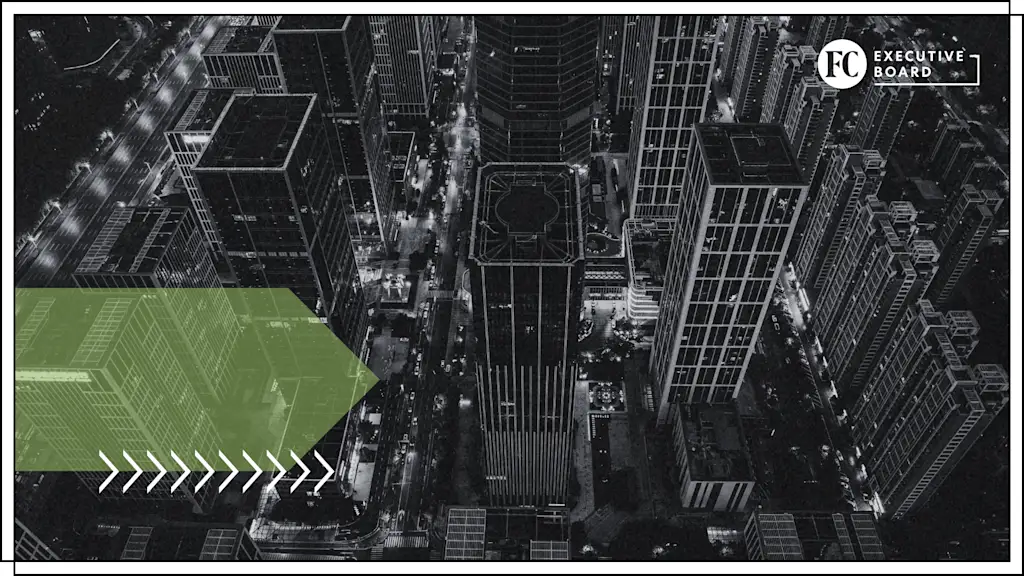
Given the dizzying acceleration of change in geopolitics, artificial intelligence, compute power, cloud availability, and networking, companies and governments have a clear imperative—drive innovation, speed, and national security into products and services, and government public policies.
Companies and governments that miss this inflection point will fall a generation behind.
This struck me this summer when national security and technology leaders gathered at the annual Aspen Security Forum. Speed, adoption, and breaking down of regulatory and procurement barriers in a complex and stressed geopolitical world were the main takeaways for me. Conversely, companies and governments that do not understand this imperative yet need to pause, focus, look at the world and state of tech today—and readjust.
The EU and DMA undermine innovation and security
This is not theoretical. As I havewritten before, the European Union too often has had innovation, regulation, and national security backwards. Through regulatory programs like the Digital Markets Act (DMA), it quite literally is making innovation and security worse for hundreds of millions of consumer, critical infrastructure, and government users of mobile devices by forcing producers of devices to “open the box,” and allow any unvetted application to be downloaded, giving operating system access to that unvetted app, and forcing new innovations to be shared with competitors.
Subscribe to the Daily newsletter.Fast Company’s trending stories delivered to you every day
Privacy Policy
|
Fast Company Newsletters
All of this undermines innovation, speed, and security for EU users. The striking genesis of this “ex ante” (before the fact) regulation is the EU’s frustration with its own ability to properly pursue and enforce the usual “ex post facto” antitrust consent decrees given its own enforcement rules. So, instead of reforming enforcement mechanisms for fact-based antitrust decisions, it decided just to skip any fact- and economic-based competition analysis and antitrust legal process and just “ex ante” restructure the economic market for large U.S. tech companies doing business in the EU by regulation, and in the case of mobile devices, undermine innovation, speed, and security.
The U.S. Defense Department needs to move faster
It’s not just the EU that needs to pivot to speed and innovation. The U.S. Department of Defense knows it needs to open procurement lanes for the adoption of the latest technology and methods of production. Although the DoD has started initiatives like the Defense Innovation Unit and the Office of Strategic Capital, it needs to do more, like moving away from one-year budgeting, looking to innovations like the advanced manufacturing of defense components, and deeper use of commercial technologies in ground, sea, air, and space operations. The DoD has started to pivot and needs to accelerate to meet the speed and innovation imperative.
Financial services need to move with trust
Technology is driving change in financial services too. Long a technology-fueled business, developments in blockchain, stablecoins, compute power, and AI/fraud detection are bringing opportunities for efficiency and new services in the financial system. Core to these advances will be trust—the coin of the realm in financial services—and user security and national security. Innovation and speed are well on the way, and to be successful, companies and policymakers will have to match those advances with parallel advances in the trustworthiness of the resulting new services.
Five actions executives can take
Here are five actions executives can take to meet the innovation, speed, and security transition.
1. Dedicate three hours with your direct reports and ask how and whether the product set, services offerings, and the company understand and are meeting this global transition to speed, innovation, and security set against the current geopolitical environment—and adjust as needed.
2. Dedicate one hour with your board of directors for a read-out of where the company is, where it’s going, and how it will meet the innovation, speed, and security transition.
advertisement
3. Double-down on the security and trust imperative for your products, services, and brand. In a fast-moving and complex geopolitical environment trust is core so be sure to include your chief information security officer, product security lead, supply chain lead, engineering leads, and general counsel.
4. Set a global public policy agenda to educate governments about the real-world forces driving innovation, speed, and security, and push them to pivot from, reform, and revoke policies frustrating this inflection.
5. Personally engage at senior-level global gatherings where business, government, and academia meet to have honest peer-to-peer discussions about these issues. It’s imperative to understand the current and next “wave” of direction and be at or get ahead of the curve.
Final thoughts
Innovation, speed, and security are driving the next transition. Each leader has a responsibility to put stakes in the ground. Five actions are set out above. Do these and win the transition.
Adam Golodner is founder and CEO of Vortex Strategic Consulting and co-chair of Trusted Future.



